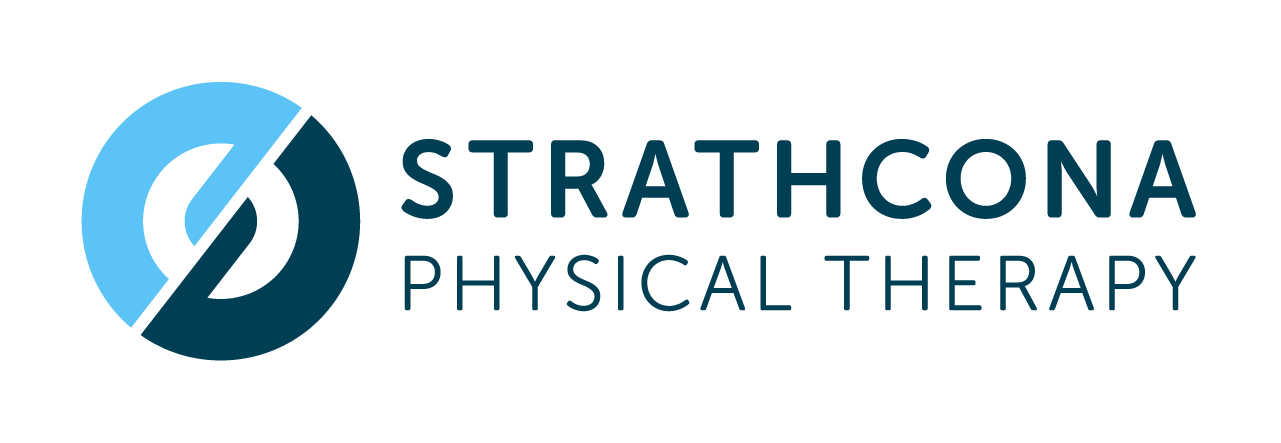Postpartum Recovery: The Role of Pelvic Floor Physiotherapy in Healing After Childbirth
Childbirth is a profound experience that significantly impacts a woman’s body, particularly the pelvic floor. The pelvic floor, a group of muscles and connective tissues at the base of the pelvis, supports the organs in the pelvis and plays a critical role in urinary, bowel, and sexual function. Postpartum recovery often involves addressing the changes and stresses placed on this area during pregnancy and delivery. Pelvic floor physiotherapy is a key component in this recovery process. This blog post explores the role of pelvic floor physiotherapy in postpartum recovery, supported by scientific research, and offers practical tips for new mothers.
Understanding Postpartum Pelvic Floor Dysfunction
During pregnancy and childbirth, the pelvic floor undergoes significant changes. These can include muscle stretching, tearing, and weakening, which can lead to various postpartum issues:
Urinary Incontinence: Many women experience leakage of urine during activities such as coughing, sneezing, or exercise.
Pelvic Organ Prolapse: Weakened pelvic floor muscles can lead to a sensation of pelvic heaviness or a bulge, indicating that pelvic organs may be descending into the vaginal canal.
Painful Intercourse: Changes in pelvic floor muscle tone can contribute to discomfort during sexual activity.
Constipation: Difficulty with bowel movements can result from pelvic floor muscle dysfunction.
The Science Behind Pelvic Floor Physiotherapy
Pelvic floor physiotherapy focuses on rehabilitating the pelvic floor muscles and addressing any associated dysfunctions. Here’s how it helps, supported by scientific evidence:
Strengthening Pelvic Floor Muscles
Research Evidence: A study published in the British Journal of Sports Medicine (2018) found that pelvic floor exercises significantly improve symptoms of urinary incontinence and enhance pelvic floor muscle strength postpartum (Hay-Smith et al., 2018). Strengthening these muscles helps restore their function, reducing incontinence and supporting pelvic organs.
Improving Pelvic Floor Function
Research Evidence: According to a study in the Journal of Physiotherapy (2019), pelvic floor physiotherapy, including techniques such as biofeedback and manual therapy, effectively improves pelvic floor muscle function and reduces symptoms of pelvic organ prolapse (Dumoulin et al., 2019).
Enhancing Postural Awareness and Core Stability
Research Evidence: Research in Physical Therapy (2020) highlights the importance of integrating pelvic floor exercises with core stability training to address postural changes and improve overall functional recovery (Bø et al., 2020).
Tips for Postpartum Pelvic Floor Recovery
Start Gentle
Begin with gentle pelvic floor exercises, such as Kegel exercises, to strengthen the muscles without causing strain. Focus on correct technique: tighten the pelvic floor muscles, hold for a few seconds, then release.
Incorporate Breathing Techniques
Practice diaphragmatic breathing to enhance relaxation and improve pelvic floor muscle function. Inhale deeply, allowing the abdomen to expand, and exhale slowly, engaging the pelvic floor muscles.
Seek Professional Guidance
Consulting with a pelvic floor physiotherapist can provide personalized exercises and techniques based on your specific needs. They can assess muscle strength, teach proper exercise techniques, and offer strategies to manage symptoms effectively.
Maintain Consistency
Consistency is key to effective recovery. Incorporate pelvic floor exercises into your daily routine and gradually increase the intensity as you progress.
Address Pain and Discomfort
If you experience pain during intercourse or bowel movements, consult your physiotherapist. They can offer targeted treatments and adjustments to alleviate discomfort.
Stay Active, but Modify Activities
Engage in low-impact exercises like walking or swimming, which can help improve overall fitness and support pelvic floor recovery. Avoid high-impact activities until you’ve regained sufficient strength and stability.
Practice Good Posture
Maintaining good posture can reduce strain on the pelvic floor muscles. Be mindful of your posture during activities like sitting, lifting, and standing.
Conclusion
Pelvic floor physiotherapy plays a crucial role in postpartum recovery, helping new mothers regain strength, function, and comfort. By understanding the impact of childbirth on the pelvic floor and following evidence-based practices, you can support your recovery and enhance your overall well-being. Consult with a qualified pelvic floor physiotherapist to develop a personalized plan that addresses your specific needs and goals.
References:
Bø, K., Hilde, G., & Røkke, J. (2020). Pelvic floor muscle training and core stability exercises for postpartum women. Physical Therapy, 100(5), 744-754.
Dumoulin, C., & Hay-Smith, E. J. (2019). Pelvic floor muscle training versus no treatment for women with urinary incontinence. Journal of Physiotherapy, 65(1), 43-50.
Hay-Smith, E. J., Dumoulin, C., & Chedgy, E. C. (2018). Pelvic floor muscle training for the treatment of urinary incontinence in women. British Journal of Sports Medicine, 52(1), 31-37.
